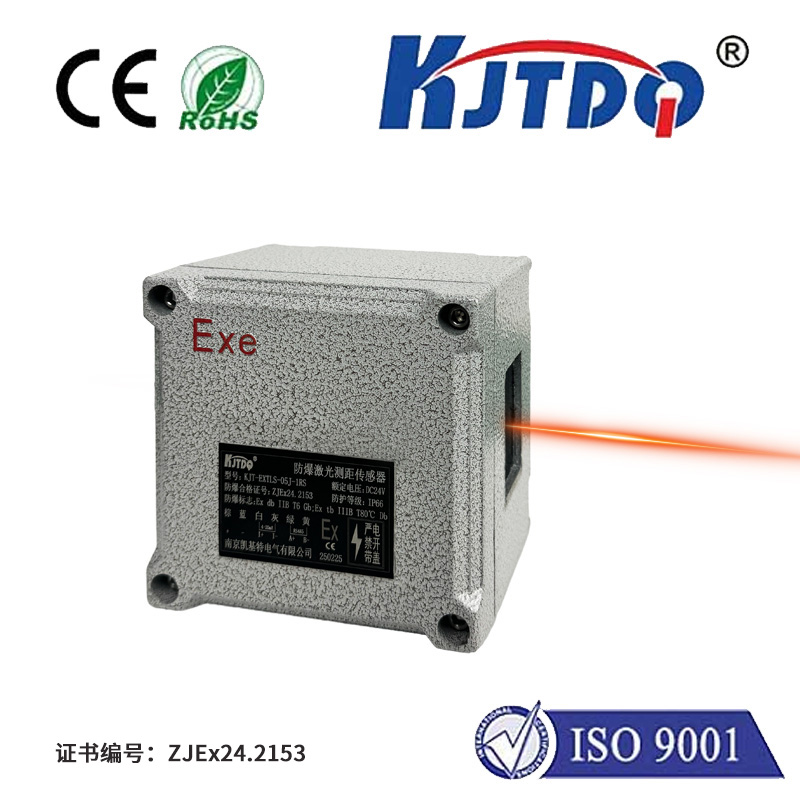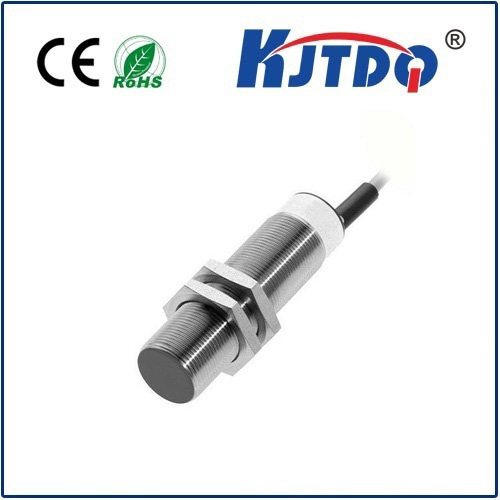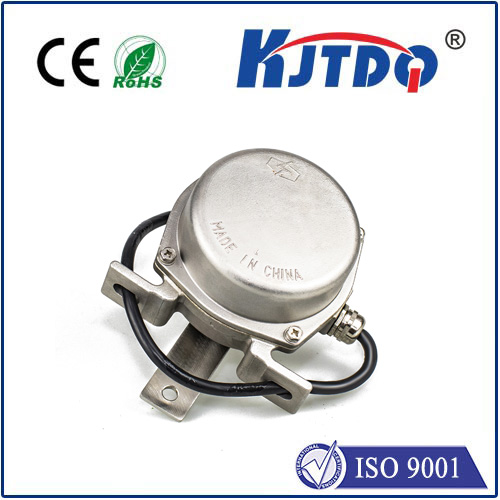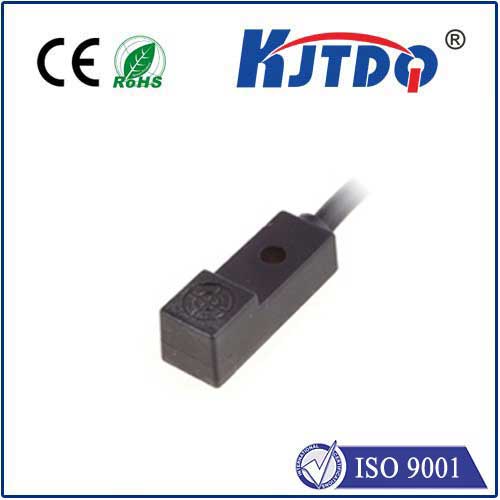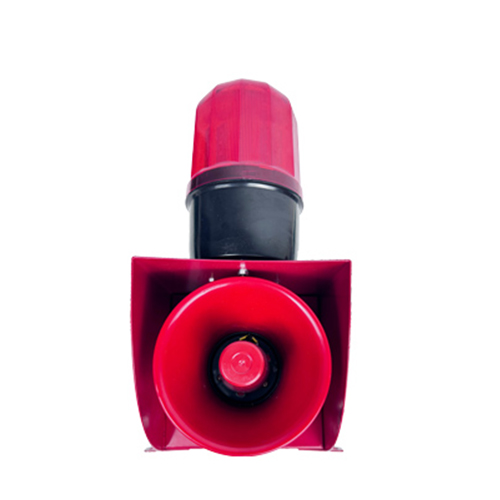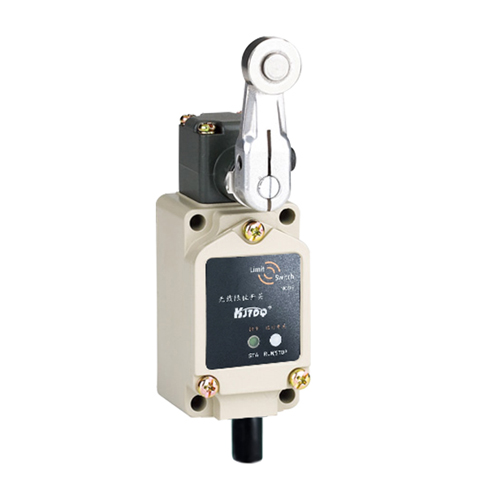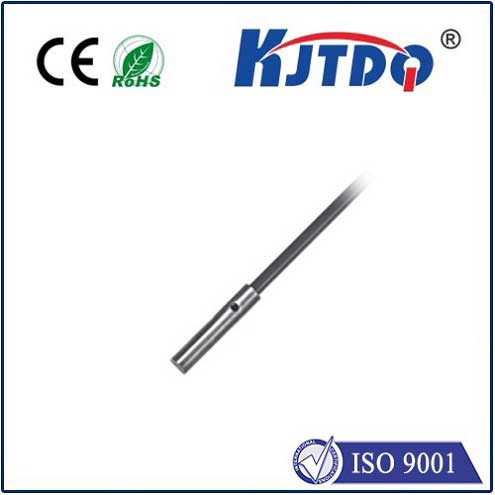fiber optic sensor systems
- time:2025-08-13 15:42:08
- Click:0
Illuminating Insights: How Fiber Optic Sensor Systems Revolutionize Measurement
Imagine measuring minuscule temperature shifts deep inside a jet engine, detecting structural flaws in a sprawling bridge long before they become visible, or pinpointing pressure leaks across hundreds of miles of undersea pipeline – all with a single strand of glass. This is the transformative power of fiber optic sensor systems (FOSS), a technology harnessing light to deliver unprecedented precision and versatility in environments where conventional sensors falter. These systems are not just incremental improvements; they represent a fundamental shift in how we monitor and interact with the physical world.
At their core, fiber optic sensor systems leverage the propagation of light through optical fibers to detect and measure physical parameters. Unlike traditional electrical sensors, FOSS doesn’t rely on sending electrical currents. Instead, it modulates specific properties of light traveling within the fiber – its intensity, phase, wavelength, or polarization – in response to external stimuli like strain, temperature, pressure, vibration, or chemical presence. This interaction occurs directly within the fiber itself or at strategically placed transducer points along its length.
How Does Light Become a Sensor? Core Principles:

- The Optical Fiber Medium: The sensor system utilizes specially designed optical fibers, typically made of silica glass. Light is guided along the fiber core via total internal reflection.
- The Interrogator (Light Source & Analyzer): This crucial component injects a precisely controlled light signal into the fiber and then analyzes the light signal that returns. Sophisticated electronics and algorithms decode the subtle changes in the returned light.
- The Sensing Mechanism: Physical changes in the environment surrounding the fiber (or acting upon a transducer attached to it) alter the fiber’s optical properties. Key methods include:
- Intensity Modulation: Changes causing bends, micro-cracks, or partial blocking directly reduce light intensity.
- Phase Modulation (Interferometric): Extremely precise measurements by comparing the phase of light in a reference path to light altered by the measurand (e.g., Fabry-Perot, Mach-Zehnder interferometers).
- Wavelength Modulation: Changes cause a shift in the characteristic wavelength of light reflected or transmitted. Fiber Bragg Gratings (FBGs) are the prime example here – their reflected wavelength shifts predictably with strain and temperature.
- Scattering Effects: Utilizing inherent phenomena like Rayleigh, Brillouin, or Raman scattering to measure parameters continuously along the fiber’s entire length. This enables distributed sensing over tens or even hundreds of kilometers.
- Signal Processing & Output: The raw optical signal from the interrogator is processed into accurate, quantifiable readings for the specific parameter(s) being monitored, often displayed on software interfaces.
Key Types of Fiber Optic Sensor Systems:
- Point Sensors: Measure at discrete, localized points (e.g., FBG sensors, Fabry-Perot sensors). Ideal for monitoring critical spots on structures or machinery.
- Quasi-Distributed Sensors (Multiplexed): Connect multiple point sensors (especially FBGs) along a single fiber line, interrogated sequentially.
- Distributed Sensors (DTS, DSS, DAS): Truly continuous measurement along the entire fiber length using scattering techniques:
- Distributed Temperature Sensing (DTS): Based primarily on Raman scattering.
- Distributed Strain Sensing (DSS): Based primarily on Brillouin scattering.
- Distributed Acoustic Sensing (DAS): Based primarily on Rayleigh scattering.
- Distributed sensing capabilities are a game-changer for large-scale infrastructure monitoring.
Revolutionizing Industries: Key Applications:
The unique advantages of fiber optic sensor systems drive their adoption across diverse sectors:
- Structural Health Monitoring (SHM): Continuously monitoring bridges, dams, tunnels, buildings, pipelines, and wind turbine blades for strain, cracks, fatigue, and structural integrity.
- Oil & Gas: Essential for downhole pressure and temperature (P/T) sensing, pipeline integrity monitoring (leak detection, third-party interference via DAS), flow measurement, and ensuring safety in potentially explosive atmospheres.
- Power & Utilities: Monitoring temperatures in high-voltage transformers and power cables, detecting hot spots in windings, and securing critical electrical infrastructure.
- Aerospace: Embedding sensors within composite airframes and engine components to monitor strain, temperature, vibration, and delamination during operation and testing.
- Industrial Process Control: Precise temperature, pressure, and chemical concentration measurement in harsh or electromagnetically noisy factory environments.
- Environmental & Geotechnical: Landslide monitoring, seismic activity detection (DAS), permafrost tracking, and dam seepage detection.
- Medical & Biotechnology: Miniaturized FOSS for invasive procedures, temperature monitoring during ablation, biochemical sensing, and lab-on-a-chip devices.
Why the Shift? Compelling Advantages of FOSS:
Fiber optic sensor systems offer decisive benefits over conventional sensing technologies:
- Immunity to Electromagnetic Interference (EMI): Being purely optical, FOSS operates flawlessly in high-voltage, radio-frequency, or microwave environments where electrical sensors fail.
- Intrinsic Safety: No electrical power is required at the sensing point. This makes them inherently safe for hazardous environments prone to explosions (oil refineries, mines, chemical plants) – no spark risk.
- Corrosion Resistance: Optical fibers, primarily glass, are highly resistant to corrosion, unlike many metal-based sensors.
- Long-Distance & Distributed Sensing: Single fibers can cover vast distances (km+), enabling cost-effective monitoring of extensive assets like pipelines or borders. Distributed sensing provides unprecedented spatial coverage.
- High Sensitivity & Precision: Especially interferometric and FBG systems offer extremely high resolution for minute changes in strain, temperature, or vibration.
- Lightweight and Small Size: Thin, flexible fibers are easy to install, embed within composite materials, or apply to surfaces without adding significant weight or bulk.
- Multiplexing Capability: Numerous sensors can be integrated along a single fiber line, simplifying installation and reducing cabling complexity and cost.
- Long-Term Stability: Less prone to drift compared to some electrical sensors, offering reliable performance over extended periods.
While challenges remain, including potentially higher per-point costs for complex systems and specialized installation requirements, the unparalleled capabilities of fiber optic sensor systems are driving continuous innovation and wider adoption. As technology advances, interrogators become more powerful and affordable, new fiber designs and sensing mechanisms emerge, and integration with IoT platforms deepens, FOSS is poised to become the cornerstone of data-driven decision-making in safety-critical and performance-optimized applications worldwide. They truly illuminate insights previously hidden or impossible to gather.













